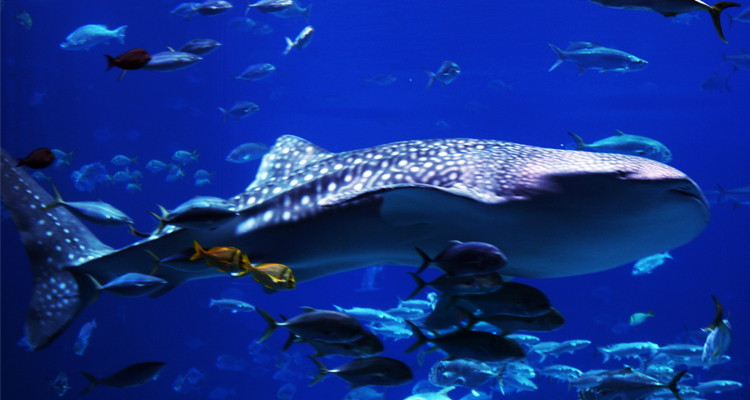Say hello to our cartilaginous friends; this is Shark Week on Discovery Channel.
Spectacular underwater photography and scientifically accurate narration have made the life histories of sharks thrilling for everyone. And with great sharks come great trivia—look at our fun example right here on LearningLiftoff.com. If your family es Shark Week all week—and many of us do—you and your kids will have a lot of facts thrown at you.
This is an opportunity to think in a completely different way about these living things and ALL living things. In addition to having fun with trivia and simply watching the amazing footage, this is an opportunity to help your kids learn by asking questions and developing hypotheses. For example:
This is a great white shark (above).
When you look at this animal, ask questions such as, “What is the advantage of being white on the bottom and silver on top?” Or, “What is the advantage of having a nose that sticks that far out from the lower jaw?” Or, “What advantage does having those gill slits so far back on the body?” And, finally, “How do these elements help the great white shark live?
Next, you and your kids can work together to make up a hypothesis (a guess) as to the answers. For instance:
If the great white shark is light underneath because it makes it harder to see from below, then we will find some kind of predatory threat that attacks great white sharks from below.
Notice that this is an IF-THEN statement. It is the simplest way to frame a scientific hypothesis. We start by guessing the advantage of something, and then we figure out a way to test what we have guessed. If I do the research maybe I will find my hypothesis is valid—or maybe I will find it is NOT valid. Then, I will have to revise my hypothesis. If I keep doing this long enough, I will find out the answer. It’s the very core of a scientific method.
Here’s another one. This is a whale shark.

Ask a question:
I would probably ask, “What is the advantage of having those white spots?
Develop a hypothesis:
IF those white spots provide camouflage by mimicking the dappling of sunlight, THEN we should be able to find a predator that attacks the whale shark from above.
Your family can try this way of thinking with sharks or with ANY living thing. What is the advantage of a robin’s red breast? What is the advantage of an owl having a round face? Thinking in terms of biological advantage, and following up with hypotheses and research is a deeper and trustworthy way to approach the biological world and learn the most about it.
Image Credit – Lwp Kommunikáció / CC by 2.0


























































